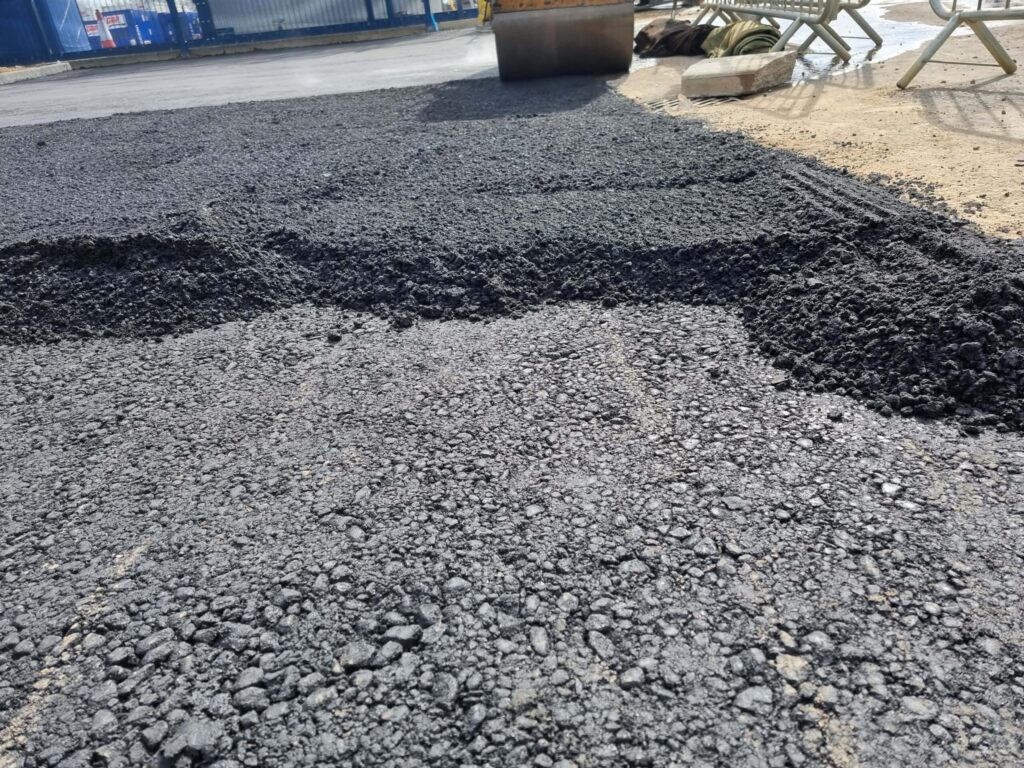Tarmac Roadway Safety Audits: Ensuring High Standards
Introduction: Tarmac roadways are the backbone of our transportation infrastructure, providing essential routes for vehicles, cyclists, and pedestrians. Ensuring the safety of these roadways is of paramount importance. To maintain high safety standards, regular safety audits are crucial. This blog post will explore the importance of tarmac roadway safety audits and how they contribute to safer and more reliable transportation networks.
- Identifying Potential Hazards: Safety audits involve a comprehensive evaluation of tarmac roadways, including their design, signage, and overall condition. By identifying potential hazards such as potholes, cracks, or inadequate signage, safety audits enable proactive maintenance and repairs to prevent accidents and injuries.
- Compliance with Regulations: Safety audits assess whether tarmac roadways comply with local and national safety regulations and standards. These standards are in place to ensure that roadways meet minimum safety requirements. Regular audits help maintain compliance and avoid legal issues.
- Evaluating Traffic Flow: Efficient traffic flow is essential for safety. Safety audits analyse traffic patterns, congestion points, and intersections to identify areas for improvements. Enhancing traffic flow can reduce the risk of accidents and traffic-related injuries.
- Assessing Signage and Markings: Clear and effective signage and road markings are crucial for guiding drivers and pedestrians safely. Safety audits evaluate the visibility, condition, and relevance of road signs and markings. Up-to-date and well-maintained signage helps prevent confusion and accidents.
- Evaluating Lighting and Visibility: Inadequate lighting can pose significant safety risks, especially during nighttime or adverse weather conditions. Safety audits assess the adequacy of roadway lighting and visibility, recommending improvements where necessary to enhance safety.
- Enhancing Pedestrian and Cyclist Safety: Tarmac roadways are not only for vehicles; they are shared spaces with pedestrians and cyclists. Safety audits consider the needs of all road users and suggest improvements to crosswalks, bike lanes, and pedestrian-friendly infrastructure.
- Preventing Runoff and Drainage Issues: Proper drainage is essential to prevent water buildup, leading to slippery road conditions and hydroplaning. Safety audits evaluate the effectiveness of drainage systems and recommend improvements to mitigate water-related safety risks.
- Regular Maintenance Planning: Safety audits help develop long-term maintenance plans for tarmac roadways. Audits support cost-effective maintenance strategies that prioritise safety by identifying potential issues before they become major problems.
Conclusion: Tarmac roadway safety audits play a vital role in maintaining high road safety standards. By identifying potential hazards, ensuring compliance with regulations, and enhancing the overall safety of roadways, these audits contribute to safer transportation networks for everyone. Regular safety audits are essential to responsible roadway management, ensuring that our roads remain reliable, efficient, and, most importantly, safe for all users.
Call us on: 01638 591 795
Click here to find out more about Newmarket Driveway Surfacing
Click here to complete our contact form and see how we can help with your driveway needs.

